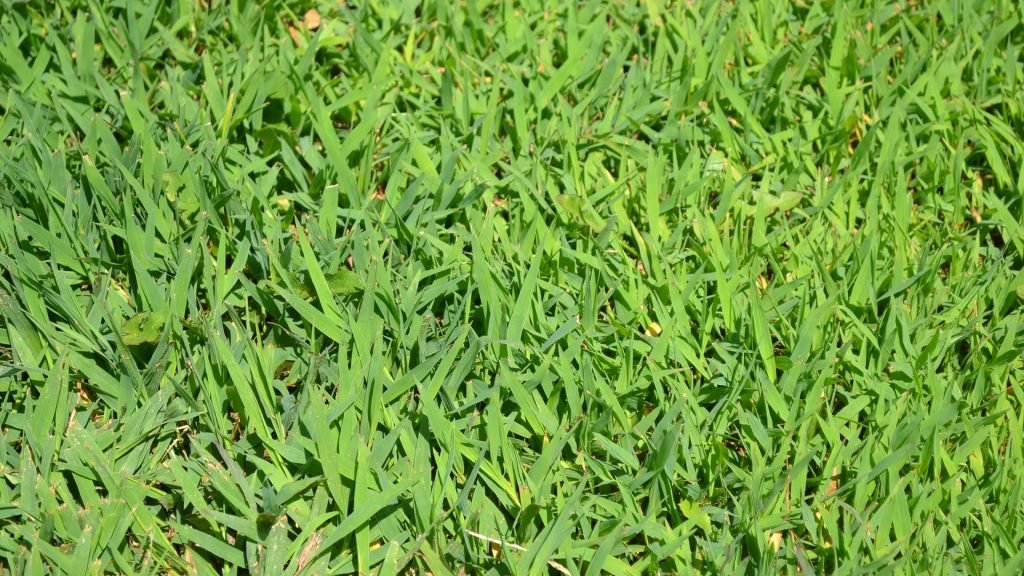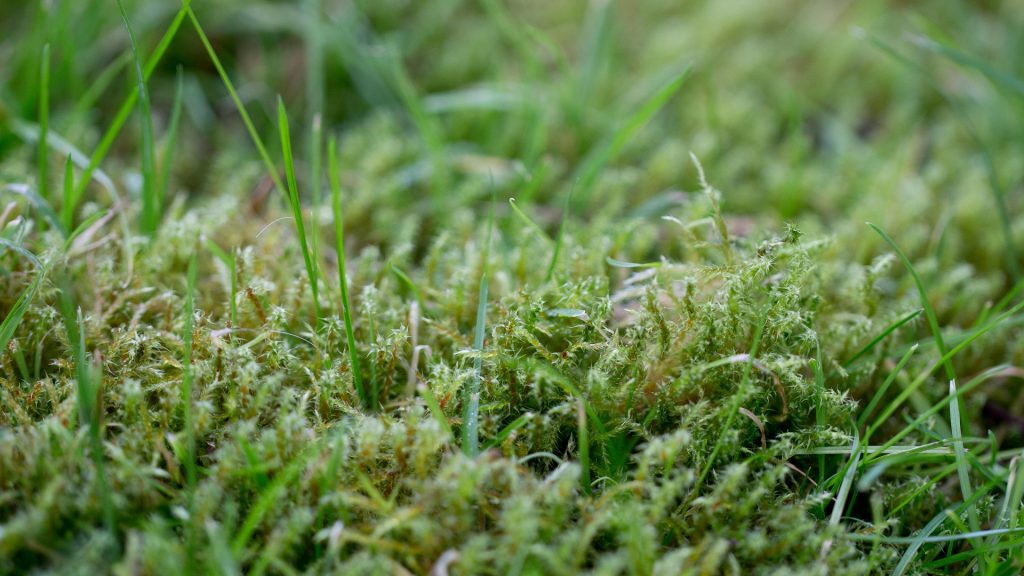
How To Get Rid Of Moss In The Lawn: Best Methods
Have you been noticing some moss growing in your lawn? This is a plant that spreads via its spores and root-like structures known as rhizoids, and it has shallow roots. While it’s not invasive in your lawn, it will fill out any areas of your lawn that are empty or your grass is thinning.
Should you eliminate moss from your lawn? Moss is a weed and although it won’t harm your grass, conditions that enable it to grow can be damaging to your lawn. See, if you’re dealing with moss that’s really a red flag that your grass can’t grow properly! Bottom line, if moss is growing and thriving in your lawn, it means your grass is weak and struggling.
Seeing as though you don’t want your lawn to look lackluster, let’s explore everything you need to know about how to remove moss from your lawn.
What Causes Moss To Grow In Your Lawn?
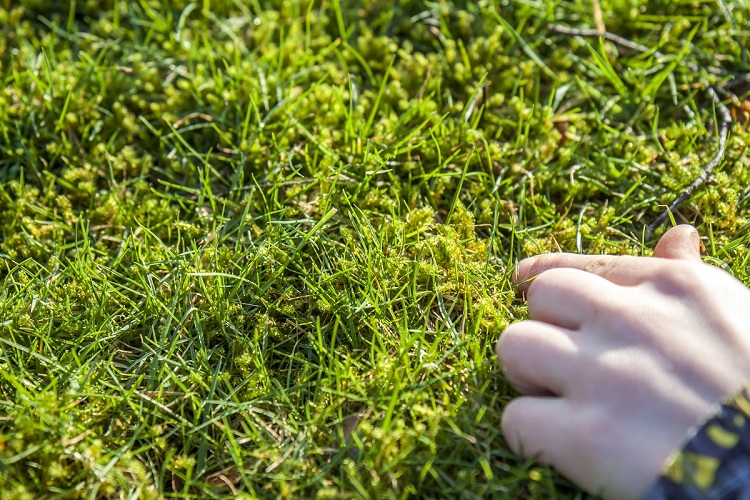
Before you can eliminate moss from your lawn, it’s important to go back to the basics: what causes it to grow in the first place?
The truth is that there are many conditions that can cause moss to thrive in a lawn.
These include the following:
- Your lawn has shady, damp areas. These conditions cause moss to thrive, and what makes this worse is that grass battles to grow in such conditions. Therefore, you’ll end up with a lack of healthy grass but a lot of moss instead.
- Your soil is compacted. Again, grass battles to grow when soil is too compacted because it doesn’t have space for the nutrients, oxygen, and water that grass roots require to grow. Moss can grow very well in such conditions.
- Your soil doesn’t drain well. If your soil has poor irrigation so it stays damp, this will attract moss.
- Your soil has a low pH. If your soil is acidic, this will make it a battle for you to promote grass growth, but moss is drawn to acidic soil and will grow effectively in it!
As you can see from the above points, moss tends to grow in conditions that make grass growth difficult – if not impossible. Therefore, one of the best ways to keep moss away is to encourage healthy grass to grow.
The benefit of doing this, other than that you’ll have a beautiful lawn, is that it will make your lawn maintenance much easier and less stressful.
How To Get Rid Of Moss

If you’re dealing with the growth of moss, there are ways in which you can easily remove it. This is because moss has shallow roots. Here are the steps to follow to remove moss from your lawn.
- Rake the moss away. Use a leaf or garden rake to pull moss away from your soil. You should do this when the lawn is moist so that it will be easier to pull it out of the lawn. For best results, you should also try to rake the moss from different directions.
- Use an organic moss-killing solution. You don’t have to apply harmful chemicals to your lawn to rid it of moss. You can make use of organic solutions, such as the following:
- Water and baking soda. Mix together two gallons of warm water and a box of baking soda. Spray this solution over moss.
- Water and dish soap. Mix these together and put them in a sprayer, then spray the solution over your moss.
- Remove shady areas from your lawn. You might have to cut back some trees or remove shrubs so that there aren’t damp, shady areas of your lawn where moss can grow and thrive. The bonus of this is that having more sunlight in your lawn will encourage grass to grow in a healthier way.
- Eliminate acidity from your soil. If you’re battling with poor grass growth but moss is thriving, this could be because your soil’s too acidic. To be sure that acidity is the reason for moss thriving in your soil, test it with a DIY soil testing kit. Then, reduce the amount of acidity in the soil by applying lime to it. Read GreenIQ’s guide on how to lime your soil in the article, “.”
- Plant a variety of grasses. This will help you to fill out any empty areas of your lawn. It’s also useful to plant some grasses that are tolerant to shady conditions. You can easily add new grass to your existing lawn by top-seeding regularly. Loosen up any areas where moss has started to grow, then sprinkle new grass seeds in these spots of your lawn.
- Eliminate soil compaction. You can test your soil by pulling up a few inches of it and seeing how far your grass roots grow. If they’re only about two inches in length, you’re dealing with soil compaction. This can be contributing to moss growth in your garden, so you’ll have to aerate it. You can do this with liquid or core aeration. If you have a larger garden, you should use a mechanical aerator to make the process easier.
- Apply a ferrous sulfate moss product. This ingredient is commonly found in lawn moss-killing products, but these products are usually filled with chemicals so you have to be very careful when using them. They will kill your grass as well as the moss you want to eliminate, so you should only use chemical products as a last resort if nothing else has worked.
How To Prevent Moss From Coming Back
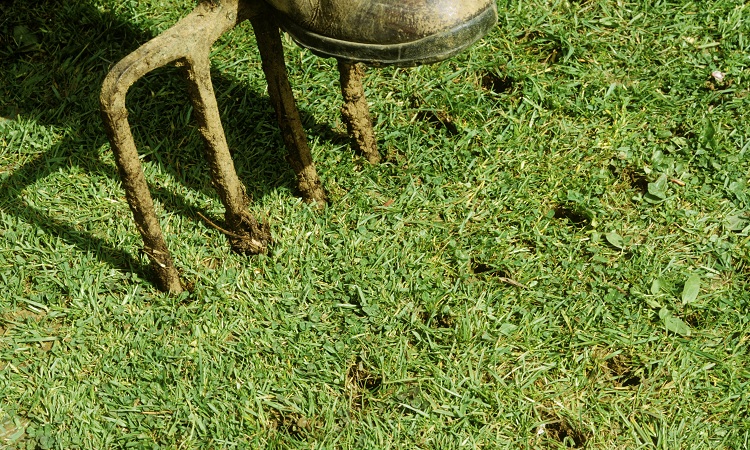
Once you’ve dealt with moss and removed it successfully, you want to prevent it from coming back. You can do this by encouraging a healthier lawn. Here are some tips to follow.
- Make sure you aerate your lawn once a year, in the fall. This will remove soil compaction. If your soil is sandy instead of containing a lot of clay and it’s in a healthy state, you can aerate your soil every two or three years.
- Make sure you reseed any bare spots in your lawn. Try to use a grass seed mix that’s been formulated for shady areas of your lawn to further keep moss at bay.
- Be careful when mowing your lawn. You should avoid cutting the grass too short as this will cause it to become stressed and battle to grow properly, which will encourage the growth of moss.
Can You Use Moss As A Lawn Alternative?
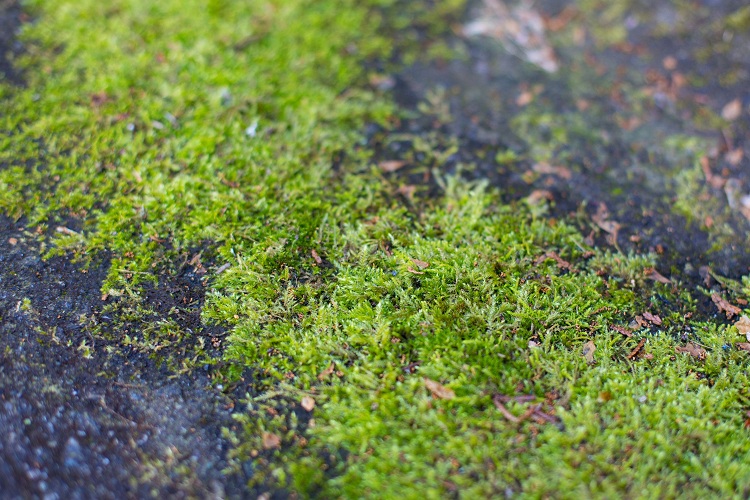
Some people like to use moss as an alternative to grass to give them a beautifully green and charming lawn. It’s springy to walk on and doesn’t require mowing, so it’s low maintenance.
You have to ensure that your soil is up to moss’s picky standards, though. It has to be acidic, it needs to be compacted, and it has to have consistent moisture otherwise the moss won’t thrive.
You can purchase moss from your local nursery. You can also propagate moss by grinding up the moss with water and then broadcasting it onto the ground where you want it to grow.
The one thing to bear in mind if you want to use moss as a lawn alternative is that if you want to change over to a grass lawn in future you will have to put in some effort to correct your soil so that grass will be able to germinate and thrive.
Related Questions
Will adding lime to your soil remove moss?
While adding lime won’t actually kill moss that’s in your lawn, it will help to make your soil more alkaline in nature. This will correct acidity in the soil, which in turn will prevent moss from growing.
Can moss handle a lot of foot traffic?
Although moss is low maintenance to grow and look after, it can’t tolerate a lot of foot traffic. So, if you want to protect the moss in areas of your lawn where you walk a lot, you will have to install stepping stones or pathways.
Conclusion
If you’re dealing with a moss problem in your lawn, you’ll want to eliminate it so you can nurse your grass back to health. In this article, we’ve looked at why moss is problematic for your lawn and how to tackle it once and for all.
We’ve also looked at some of the most effective ways to encourage a healthy lawn and prevent moss from growing back.
Resources:

